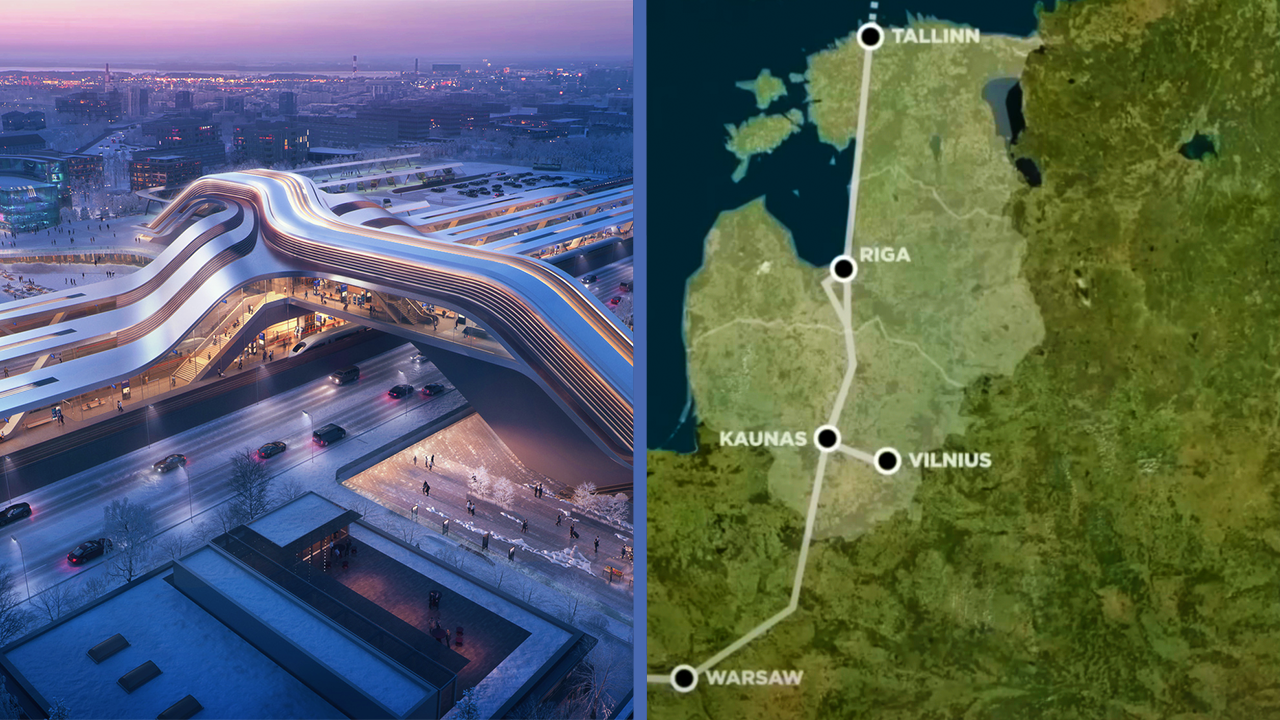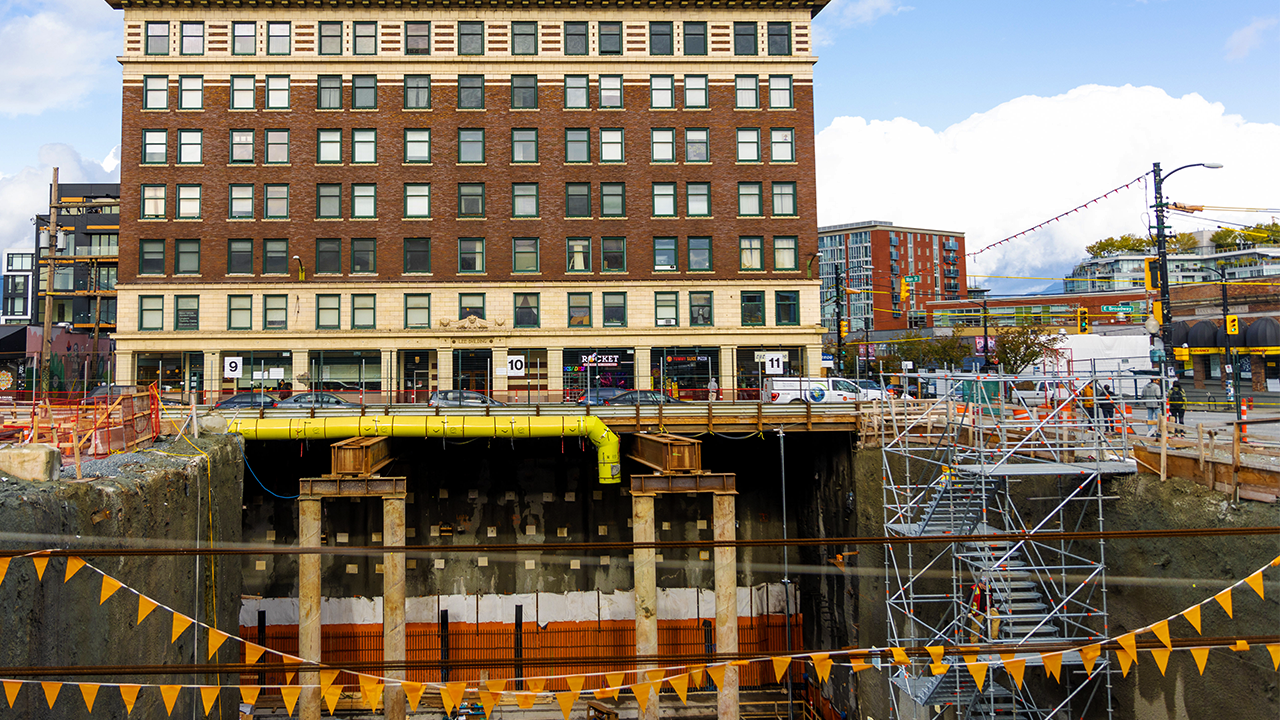NBS BIM Toolkit Explained
- Youtube Views 0 VIDEO VIEWS
Join Stephen Hamil, Director of Design and Innovation at NBS, for a comprehensive explanation of the new BIM Toolkit – the easy way to define who is doing what and when on BIM Level 2 projects!
Earlier this year, NBS and the UK Government BIM Task Group went on-the-road to the UK’s regions to demonstrate the Toolkit. Filmed at University of Westminster in March 2015, Stephen’s 45 minute presentation previewed the Toolkit which is now live. Support information for this free-to-use resource is available at: https://toolkit.thenbs.com/articles
The Toolkit forms a key part of the UK Government BIM Task Group’s five year programme to deliver BIM Level 2. NBS successfully launched the beta version in April 2015 having won the Government’s competition to develop a free-to-use digital toolkit for BIM in September last year.
Equally applicable to public or private sector projects, the Toolkit offers a straight-forward and intuitive way of defining, managing and validating responsibility for information development and delivery through a project’s lifecycle. In the video, Stephen takes us through the context of the UK Government’s strategy before outlining how the tool supports BIM Level 2 working at each step.
“The Toolkit fits within the PAS 1192-2 [for project delivery] and PAS 1192-3 [for asset management] information delivery cycles” explains Stephen. “It’s about providing a better service to the Client in a more efficient way. It’s just trying to put together the things that the industry has always done in a digitally structured format”.
1. Assessment and Need (from 7.13)
From the outset of a new project, the Toolkit enables Clients (Employers) to clearly and comprehensively define their information requirements. That ensures that all parties clearly understand the information that a Client requires to make decisions during the project delivery phase and ultimately to operate and maintain their asset over its lifecycle. Clear requirements in place from the outset give project teams focus and direction and avoid data being generated needlessly.
Creating an EIR can be a daunting prospect for Clients, especially for those that do not procure built assets on a regular basis. The BIM Toolkit uses plain language questions to guide them through the process in a logical and intuitive way. Once created, projects can be saved as templates to standardise future schemes.
Once created in the BIM Toolkit, information from any stage can be exported out into a variety of formats. “That‘s a really important feature” said Stephen “We haven’t produced a single environment where teams can’t get their information out – it’s about interoperability”.
2. Procurement (from 16.15)
With clear requirements in place, the next phase of the Toolkit enables Clients to tender their project to providers and for those providers to respond with details of their teams and the services they offer. The result is standardised responses from bidders enabling Clients to evaluate and compare returns on a level playing field.
3. Production (from 18.00)
From that basis, the project moves into the design and construction phases. A digital plan of work is created with the selected team that clearly defines deliverables and timescales throughout the project. It grows with the BIM Execution Plan and Master Information Delivery Plan as the project cycle progresses. Stephen clarifies: “the digital plan of work is about defining information requirements – it’s not doing your drawings, specifying or cost analysis – its clear job is to define who is doing what and when”.
The Toolkit offers fantastic functionality in the production phase, enabling teams to agree levels of detail, assign tasks and develop proposals within a clear document classification structure.
4. Handover and Use (from 40.12)
Moving from the project delivery phase to handover and then asset management, the Toolkit enables Clients to ultimately check that the information they specified at the outset has been accurately delivered. “It offers them well-structured digital information that can be pushed into asset management systems. Digital information at hand-over and not just boxes of paper” said Stephen.
The asset management phase is much longer than project delivery and enabling Clients to get a better handle on their built environment to optimise performance and enhance business outcomes is the ultimate BIM value proposition.
The BIM Toolkit was conceived by HM Government’s BIM Task Group and initially funded by Innovate UK. Development of the tool was led by the NBS team working in close partnership with BIM Academy, RICS, Microsoft, BDP, Mott MacDonald, Newcastle University and Laing O’Rourke. Further support was provided by APM, BIFM, CIBSE, CIOB, ICE, IStructE and RIBA.
Why not start now? You can create a project for free with the BIM Toolkit here: https://toolkit.thenbs.com
It is also easy to keep up to date with progress and implementation by following @TheNBS and the #BIMToolkit hashtag on Twitter.
Check out "NBS BIM Toolkit: The Benefits" here: http://www.theb1m.com/video/nbs-bim-toolkit-the-benefits
We welcome you sharing our content to inspire others, but please be nice and play by our rules: http://www.TheB1M.com/Guidelines-for-Sharing
Comments
NEXT
Next up




.png?updated=1582727043
)
